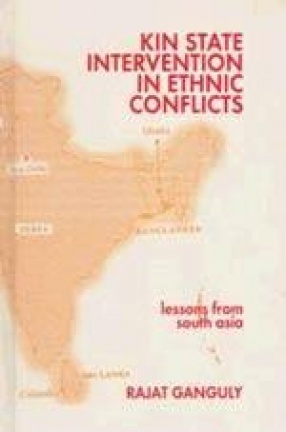Persisting secessionist ethnic conflicts are damaging Asian societies from within. In such a scenario the two most pertinent questions are: one, why at a given point of time and space certain conflicts are precipitated while diverse ethnic groups happily co-exist, even prosper, elsewhere; and two, why some of the secessionists succeed while others do not? The six case studies chosen from South and Southeast Asia in the volume do not endorse primordial theories, and rightly so. Structural explanations advanced herein clearly centre on the state, and hold rising sectarianism and failure of governance responsible for these conflicts. The external factor indeed plays a critical role, not only in vitiating these conflicts, but also in influencing their respective end-games. East Timor was a clear example of this. Though external involvement is increasingly visible in South Asian conflicts, its precise effect is difficult to determine even as it is unclear if secessionists will succeed in Jaffna and Kashmir. Any serious attempt that helps enhance our understanding of and responses to these conflicts, both in intellectual and in policy terms is welcome. More so like the present one by Ganguly and Macduff, which puts these conflicts in a comparative framework for an incisive theoretical scrutiny.
Ethnic Conflict and Secessionism in South and Southeast Asia: Causes, Dynamics, Solutions
In stock
Free & Quick Delivery Worldwide
reviews
Bibliographic information
Title
Ethnic Conflict and Secessionism in South and Southeast Asia: Causes, Dynamics, Solutions
Author
Edition
1st ed.
Publisher
ISBN
8178292025
Length
292p., 23cm.
Subjects






There are no reviews yet.